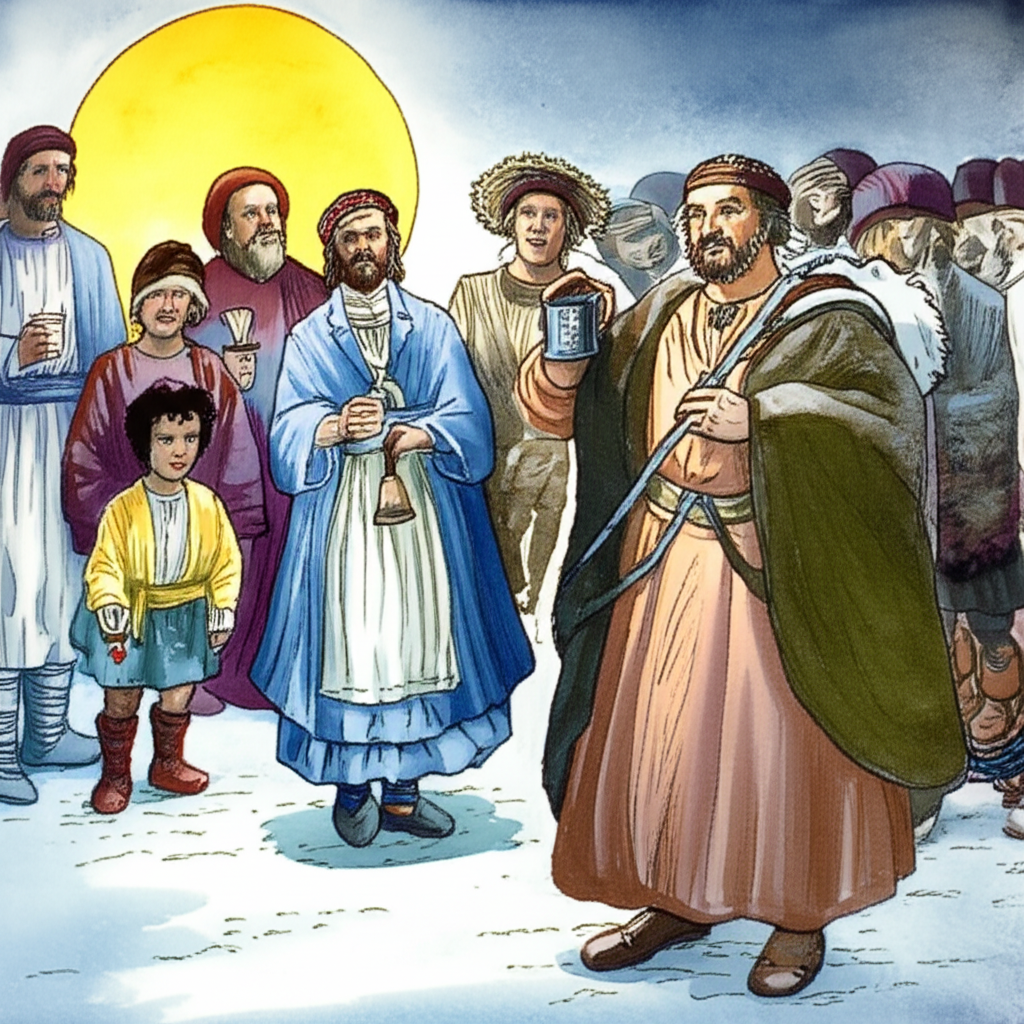
Many New Year’s traditions are steeped in superstition, and one enduring belief is that the first person you see on New Year’s Day should be a dark-haired man, often referred to as the “First Foot.”
Historical Background: The roots of this tradition can be traced back to pre-Christian midwinter festivals, specifically those practiced by the Druids. These celebrations, typically held in late December, marked the end of the dark days and the anticipated return of the sun. Rituals involving singing, bell ringing, and later, noisy celebrations with fireworks, were intended to ward off evil spirits and purify the atmosphere for the arrival of the New Year. The Anglo-Saxon custom of wassailing, where good cheer and blessings were shared through communal drinking, is another historical element that influenced New Year’s customs.
Cultural Beliefs: While the general concept of first encounters influencing fortunes dates back centuries, the specific belief regarding a dark-haired male visitor on New Year’s Day emerged more recently. The earliest documented reference to the gender of the first visitor appears in 1805. By 1845, the stipulation that the visitor should also have dark hair was recorded. In contrast, a fair-haired visitor was considered unlucky, and a redhead was perceived as an omen of impending misfortune. This fear stemmed from a broader superstition, documented as early as 1303 in the Middle English manuscript Handlyng Synne by Robert Manning (also known as Robert de Brunne), that the character of the first person encountered on an important day – such as a christening, wedding, or long journey – could significantly impact one’s luck. Manning’s book, a rhyming confessional manual adapted from the Manuel des Péchés attributed to William of Waddington (circa 1250-1270), offers valuable insights into the beliefs of the clergy and peasantry during the early fourteenth century, showcasing that the concept of the “first footing” influencing fortune was already present.
Evolution of the Superstition: Over time, the superstition of the dark-haired first visitor solidified into a widespread belief, particularly in Scotland. The desire to ensure good luck for the coming year was so strong that it became commonplace for households to hire suitable dark-haired men to visit shortly after midnight, fulfilling the role of the auspicious “First Foot.”
Modern Interpretations: Although the practice of hiring “First Foots” has largely faded, the superstition persists in many regions. The belief that the first person to cross the threshold after midnight should be a dark-haired man remains a tradition followed by some, reflecting the enduring power of folklore and the desire to start the New Year on a positive and fortunate note.